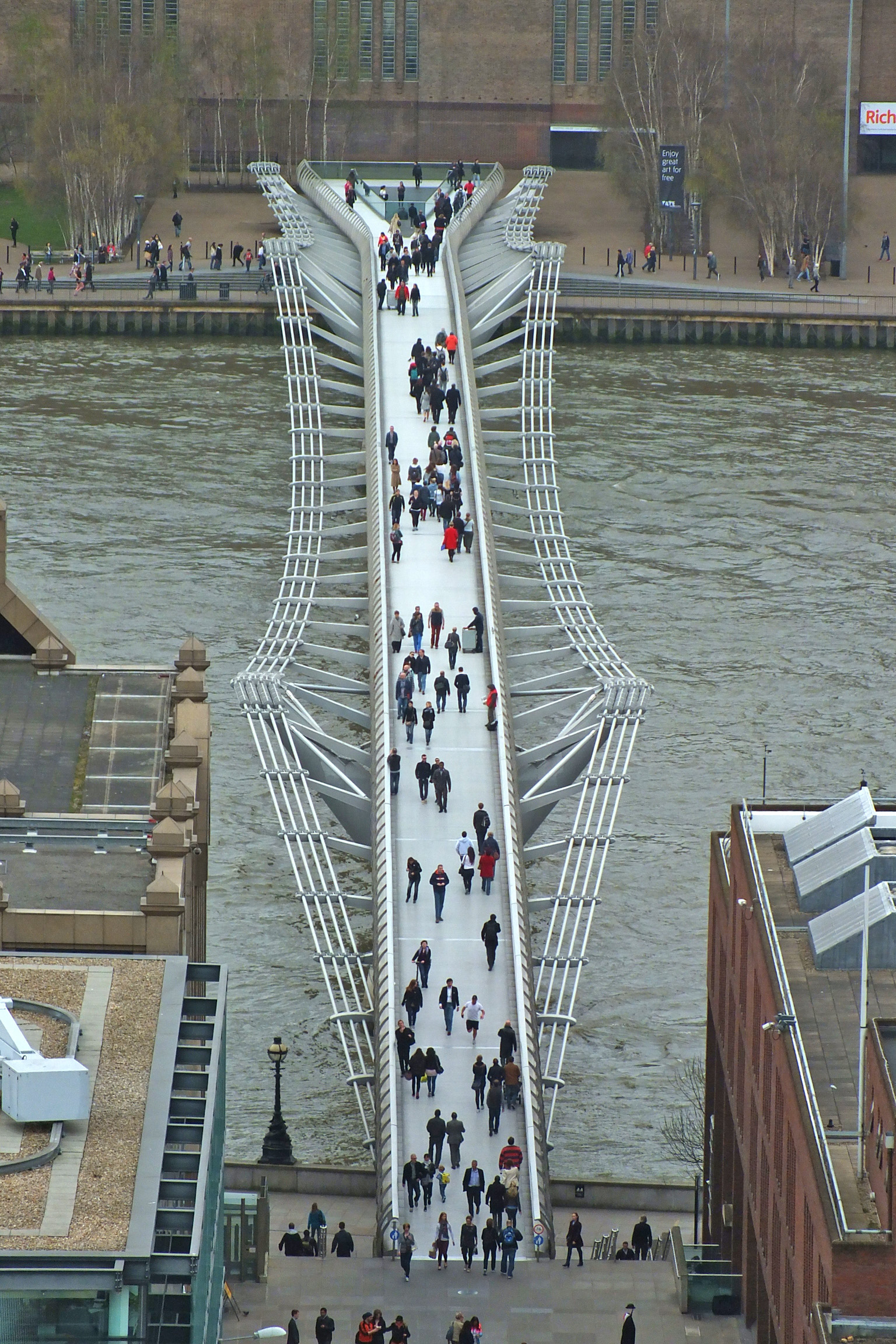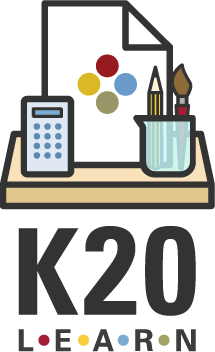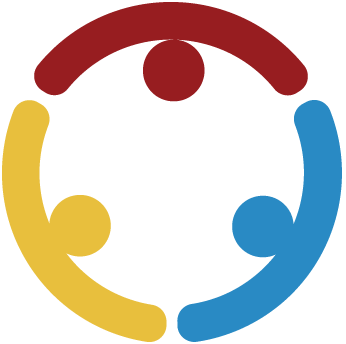Summary
In this collection of Physics lessons, students will learn what a wave is and how waves behave differently from particles. Lesson 1 focuses on what a wave is and students' prior knowledge about waves. In lesson 2, students will be introduced to the Triangle of Power strategy to calculate velocity. In lesson 3, students will participate in a guided inquiry activity on constructive and destructive interference. In lesson 4, students learn how electromagnetic radiation is related to common items, understand how electromagnetic radiation is a form of energy, and create electromagnetic spectrum charts. In lesson 5, they will observe two demonstrations of waves interacting with different types of matter and form conclusions to understand how light travels through matter.Resources

This is the first lesson in the "What Is a Wave?" unit. Students will begin by recalling information they already know about waves. They will explore movement with springs to learn about and identify types of waves. In groups, students will create anchor charts with key concepts and examples of waves.... Read more »
What Is a Wave? Lesson 1
London Bridge Is Falling Down
- National Science Foundation (NSF)
- Science
- Physical Science, Physics
- 9th - 10th
- PH.PS3.3 , PH.PS3.3.DCI.1, PH.PS3.3.DCI.2, PH.PS3.3.DCI.3, PH.PS4.1 , PH.PS4.1.DCI.1

In this second lesson of the What Is a Wave? unit, students will review key concepts from the first lesson using the Strike Out! strategy. Students will connect prior learning to new content by watching videos that demonstrate the speed of sound waves, and then will be introduced to the Triangle of... Read more »
What Is a Wave? Lesson 2
Not the Bermuda Triangle
- Science
- Physical Science
- 9th - 10th
- PS.PS4.1 , PS.PS4.1.1

In this third lesson of the What Is a Wave? unit, students will experiment with long springs and whirly tubes as well as participate in a guided inquiry activity on constructive and destructive interference. Students will be assessed by explaining true or false statements. Read more »
What Is a Wave? Lesson 3
Galloping Gertie
- Science
- Physical Science
- 9th - 10th
- PS.PS3.3 , PS.PS4.1 , PS.PS4.1.1

In this fourth lesson of the "What Is a Wave?" unit, students will learn how electromagnetic radiation is related to common items, understand how electromagnetic radiation is a form of energy, and create electromagnetic spectrum charts. Read more »
What Is a Wave? Lesson 4
Electric Avenue
- Science
- Physical Science
- 9th Grade
- PS.PS4.4 , PS.PS4.4.1, PS.PS4.4.2, PS.PS4.4.3

In this fifth and final lesson of the "What Is a Wave?" unit, students will observe two demonstrations of waves interacting with different types of matter and form conclusions to understand how light travels through matter. Students will complete a Concept Card Map activity to demonstrate their understanding... Read more »
What Is a Wave? Lesson 5
New Direction
- Social Studies
- Physical Science
- 9th - 10th
- PS.PS4.1 , PS.PS4.4 , PS.PS4.4.1, PS.PS4.4.2, PS.PS4.4.3
Standards
This work is licensed under a Creative Commons CC BY-SA 4.0 License.
Report copyright infringement »

